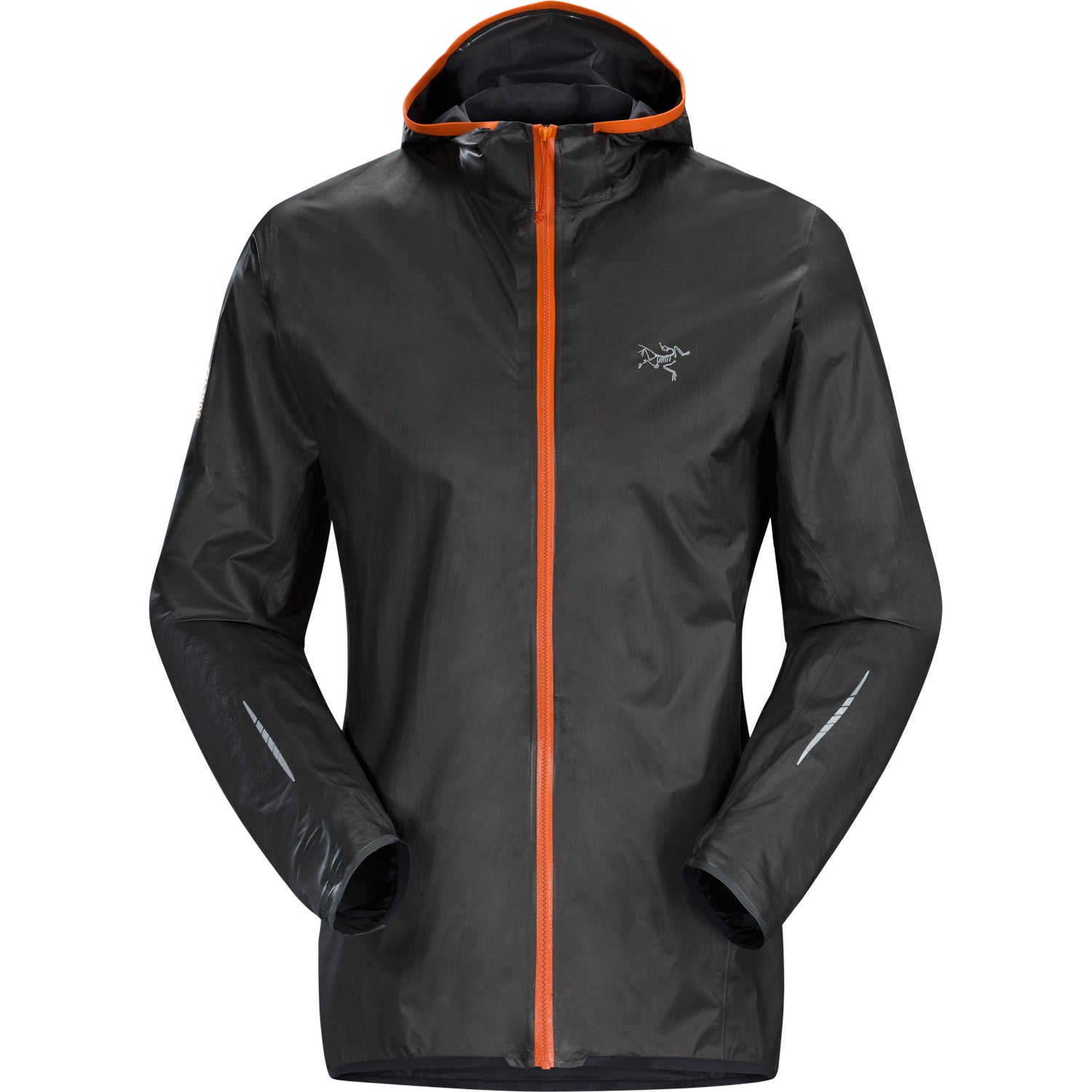Gore, long the champion of the waterproof-breathable hardshell, is getting soft.
In a maneuver to keep up with changing consumer preferences for suppler, more breathable, and less waterproof technical outerwear, W.L. Gore announced last month that it will offer three new products beyond its waterproof-breathable Gore-Tex. Those ingredients will appear in apparel from the company’s partner apparel manufacturers (including Arc’teryx, Millet, and Dynafit) fall 2016, and debuted to retailers earlier this month at Outdoor Retailer.
To understand the importance of this shift, you have to understand the company’s history of making high-performance outwear, which began in 1969 when Bob Gore discovered ePTFE, a membrane with billions of tiny pores that kept water out but let sweat vapor vent. This waterproof-breathable membrane, called Gore-Tex, has been the core of Gore’s business since 1976, when the first jacket built around the technology went on sale.
For the past four decades, the company has been famously strict about this Gore-Tex membrane, which it licenses to apparel makers. Gore has final say in the type of face fabrics used, the shape of the cuffs, and even the width of the seam tape, all in the name of preserving its brand. “Gore has always protected their claims of 100-percent waterproof carefully,” says Carl Moriarty, director of apparel at Arc’teryx. The worst-case scenario for Gore—and by extension partners like Arc'teryx, says Moriarty—was that a product bearing its hangtag would fail to keep consumers dry.
In recent years, though, and spurred in part by the growing number of people playing in the backcountry, consumers tastes have trended toward pieces with softer, quieter face fabrics and hybrid jackets that are more breathable. “We’re seeing a lot of demand for soft, pillow-y midlayers now,” says Moriarty. “That taste is also expanding through to puffy outerlayers that people expect to keep them dry, too.”
Buyers also realized that hardshells, designed to keep out the worst weather, are usually overkill. “It became too difficult to meet all the Gore standards with such products,” says Gore spokesman Chris Eisenmann. To make such apparel, manufacturers were turning to Gore’s competitors, like Polartec.
“We’re changing the way we recreate outside,” says Eisenmann. “We are going out for shorter, more intense adventures, and with smartphones, we can get hour-to-hour forecasts that let us tailor our apparel accordingly. Now, people might only pick a Gore-Tex shell if they see a forecast for all-day rain.”
In the recent announcement, Gore said it will restructure its textile brands into three distinct lines: Gore-Tex, Gore Windstopper, and the new . Gore-Tex remains the extremely waterproof outerwear with varying tiers of breathability and durability. The Windstopper line, which launched in 1991, will encompass a broader range of softshells and water-resistant membranes to be used in aerobic pieces or midlayers. The Thermium line is a two-layer laminate designed to encase insulated, puffy midlayers or outerwear like puffy ski coats. All three of the new products will allow for softer fabrics while avoiding the “waterproof” label in favor of “water resistance.” In practice, all three should be quite weather resistant, especially in snow.
According to Eismann, about 60 different manufacturers, including Arc'teryx, Marmot, and Millet, will debut the new Thermium and Windstopper products in more than 160 new styles for fall 2016. Expect to see the Thermium two-layer waterproof-breathable laminate appear in insulated outerwear where true Gore-Tex is overkill—this apparel just needs to keep a wearer dry in light drizzle or snow. Soft-shell Windstopper now includes a more insulated fabric, so we’ll start seeing it in midweight puffies and hard fleeces. Another new version of Windstopper has improved water resistance, which should make it well suited to running jackets. Arc'teryx will use Thermium in seven new coats, including the new superlight, down-filled for both men and women, coming in at a steep $950.
Of course, Gore will display its famous control over those products, too. The company will have requirements for how the new fabrics are tailored and seam-sealed, and which face fabrics companies can use. As for hybridization, where the apparel gets different built-in levels of waterproofing for the sake of stretch and breathability Gore is “still debating those applications. I’m a big fan of making a promise to the consumer for the waterproof-levels of a finished garment,” says Eismann.


